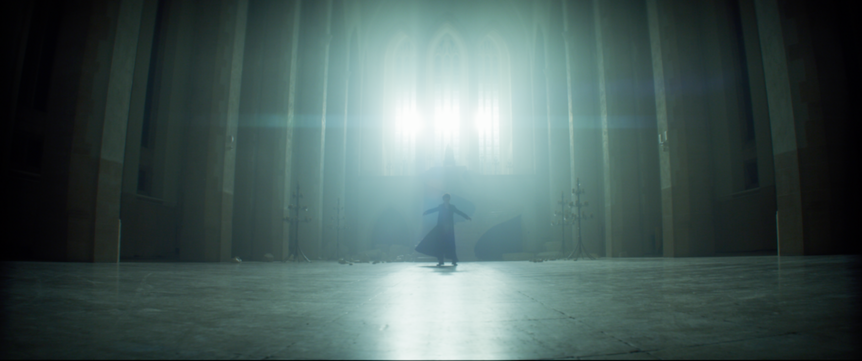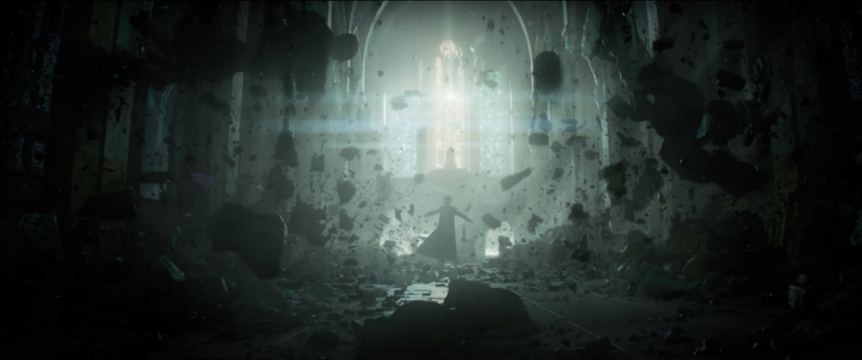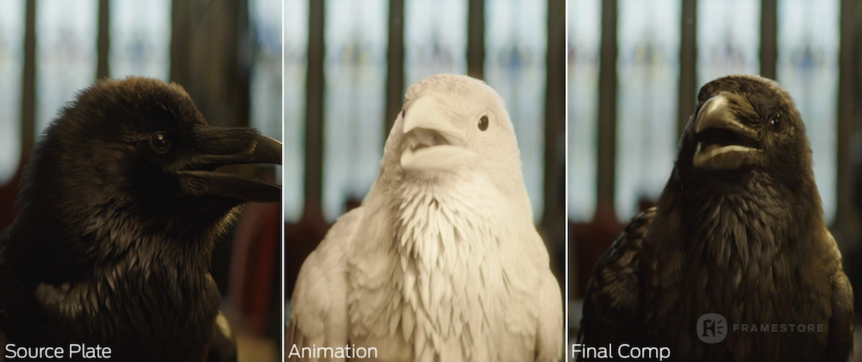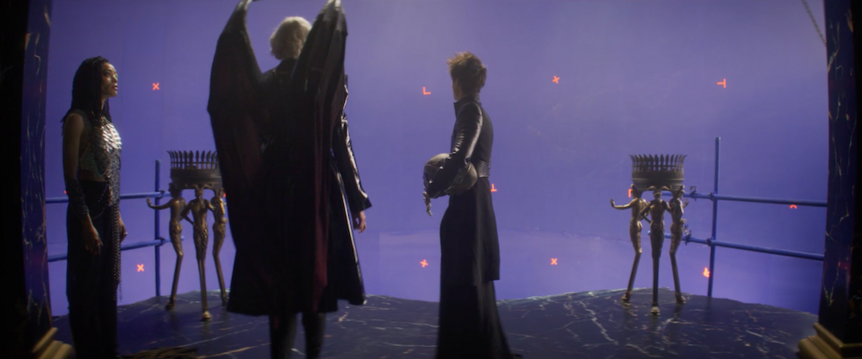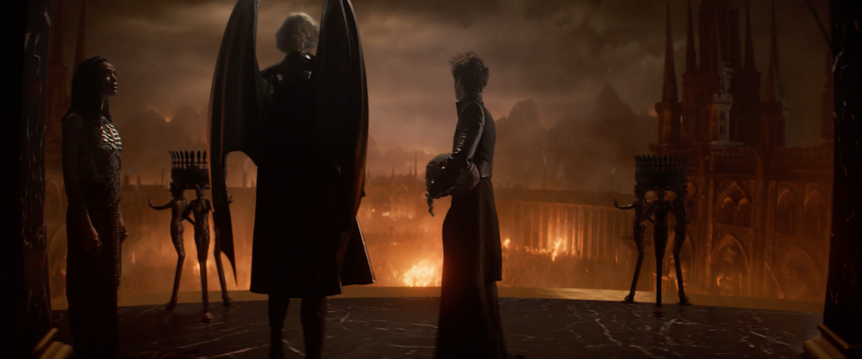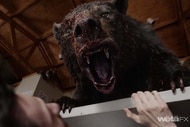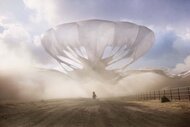Create a free profile to get unlimited access to exclusive videos, sweepstakes, and more!
Dreaming up the many, many VFX shots in 'The Sandman'
The Sandman's VFX supervisor tells us about coordinating an army of artists.
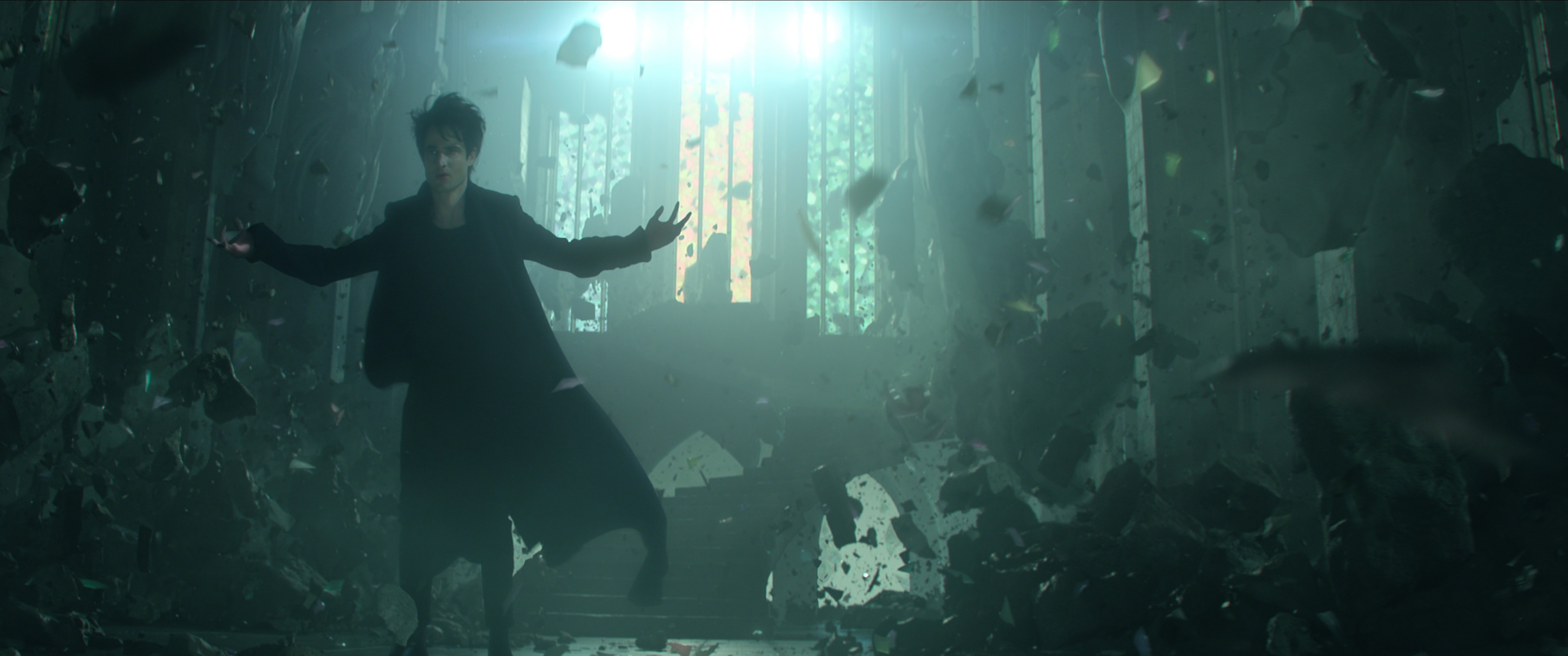
While there are times that Netflix’s The Sandman adaptation can feel intimate, on the whole, it’s epically hard to imagine Dream’s journey from the Dreaming, to Hell, to the here and now without a whole heap of visual effects gluing it all together. And, there’s a darn good reason for that.
“The number of shots in the finished, delivered show is pretty close to 2,890,” the show’s VFX supervisor, Ian Markiewicz, tells SYFY WIRE, though he did qualify “a plus or minus maybe 10 shots here and there” with regards to finished shots that didn’t make the final, locked cut.
That’s a lot of shots. Obviously, takes a lot of coordinated artists coming together to create a single vision, so many in fact, that Markiewicz doesn’t know the exact count, which remains “a little squishy.” But, based upon the number of Corinthian key chains they gave out for gifts, he thinks it took about 810 VFX folks to pull off the hit show.
“We’re talking about hundreds and hundreds of people who were involved in some capacity in the Visual Effects department specifically in order to make that happen. So it’s a pretty big footprint by the end of the day,” says Markiewicz, who previously earned a Visual Effects Society (VES) Award nomination for Outstanding Visual Effects in a Photoreal Episode for the SYFY show Krypton, and has also worked on genre projects including The Flash, The Leftovers, Marvel’s Agent Carter, and The Gifted.
After creator Neil Gaiman and showrunner Allan Heinberg, Markiewicz was one of the first people on the project. So he was there for a lot of the initial conceptualizing which ultimately turned dreams into Netflix Top 10 reality. Such talks were “incredibly exciting” as the early artists set about adapting the “sheer scope and almost audacity” of what’s in the comic book.
Markiewicz says the VFX team immediately understood the task would be a “huge lift, and a big ask,” and that their work would be “at the core” of the telling of this tale, yet still just “one tool of many.” They also knew they had to be as “faithful to the source material” as possible, while still maximizing “the potential of the medium.”
In other words, the comic was their “North Star,” not to do a “carbon copy,” but to build upon all that Gaiman hath gifted. On the shoulders of giants, as they say, or rather the shoulders of The Endless.
As far as specific shots go, Markiewicz is particularly proud of the final look of The Gates of Horn and Ivory, the entrance into The Dreaming. As was the case throughout the series, they built intricate practical sets that were then augmented by the VFX department.
“There’s a beautiful 20x20 foot section of that gate that was carved and sculpted by the art department, which was a gorgeous sort of piece to have as a hero panel upon which we used to enhance the entire rest of that gate,” Markiewicz says. “So it’s a small little corner of it, but it also gives us something to photograph into, set our characters against.”
In the comics, the Gates are “relatively modest,” but the production wanted to do something more cinematic, so they made them way, way bigger, by using the Statue of Liberty as a scale guide.
“Let’s still preserve the artistry of those gates, and we still modeled our design very much after the design in the comics, with the addition of adding additional Easter eggs of other panels in the comics,” Markiewicz says. “We pulled pages from Overture and embedded them into the design for the Gates so that it felt like it was on the one hand part and parcel to what you’d see in the comic book… it’s continuous to what you’d see in the comic book as part of that design, but it hopefully also embraces what we can do in television, and allow us to do these big reveals and to really showcase the sheer scale of that in a way that translates to television or to film.”
For Matthew the Raven, Dream’s Patton Oswalt-voiced realm-drifting feathered spy, there may have been a far smaller scale to navigate, but, according to Markiewicz, feather systems are “notoriously difficult” for VFX artists. And if they couldn’t create a photo-real representation of a raven, “the margin for error is kind of zero."
To assist not just the VFX team, but all the production teams, they used live-action birds on set for reference.
“We had trained ravens on set. Even though the vast majority of the time those ravens are digitally replaced, we still leaned very heavily into the photography of those birds so that we knew exactly how they looked in the lighting conditions, in the environment they were in; it allowed our actors to have direct reference eye line interaction; it allowed our camera operators, gaffers, and DOP to light that scene and film that scene in a way that was appropriate to having that other creature there.”
For Lucifer’s Palace, the creators didn’t just have to live up to Gaiman’s vision, but to anyone who’s ever dreamed up Hell in the first place. In fact, the team initially thought they might not show the palace, because they were worried about not living up to people’s imaginations.
In the end, they decided to take the challenge head-on. They began with a vast Google Image search of how Hell has been depicted in the past, while also taking a deep dive into the comic. Which meant the storyboards were “all over the place,” a combination of “more classic, traditional architecture, monolithic, these very large, almost hyper gothic-like cathedrals” as well as images inspired by the comic, “departures where it was incredibly organic, like human tissue and all the tendons and muscle – we did a concept where we thought of the Palace as if it was the crosssection of a heart inverted so that you could see all the different pockets and things.” Combine those with photorealistic images of comic book panels themselves, and it was just a matter of figuring out “the right balance” for the show.
“The result, I hope, holds up that core intentionality of keeping something faithful to the comic book, but making that adaptation feel earned on the screen for TV. It is all of those things… it is an over-exaggerated gothic cathedral; it is loaded with all sorts of organic tissue and has a very sort of Dali component of having a melting quality to it; it is also a combination of stone and brick, but bodies and other details that are in there.”
It’s illustrative of how the show went about finding the right balance for the resources available. “Those conversations happen from Day 1 and continued all the way through. And If we’re fortunate enough to do Season 2, we’re in those conversations now for Season 2… where [production designer Jon] Gary [Steele] and Allan [Heinberg] and myself are looking at scripts that Allan is crafting and saying, ‘What’s the best way to do these? How shall we build this round?”
All 11 episodes of The Sandman Season 1 are now streaming on Netflix.
Looking for some fantasy content? Click here for our list of the best fantasy films available on Peacock.
